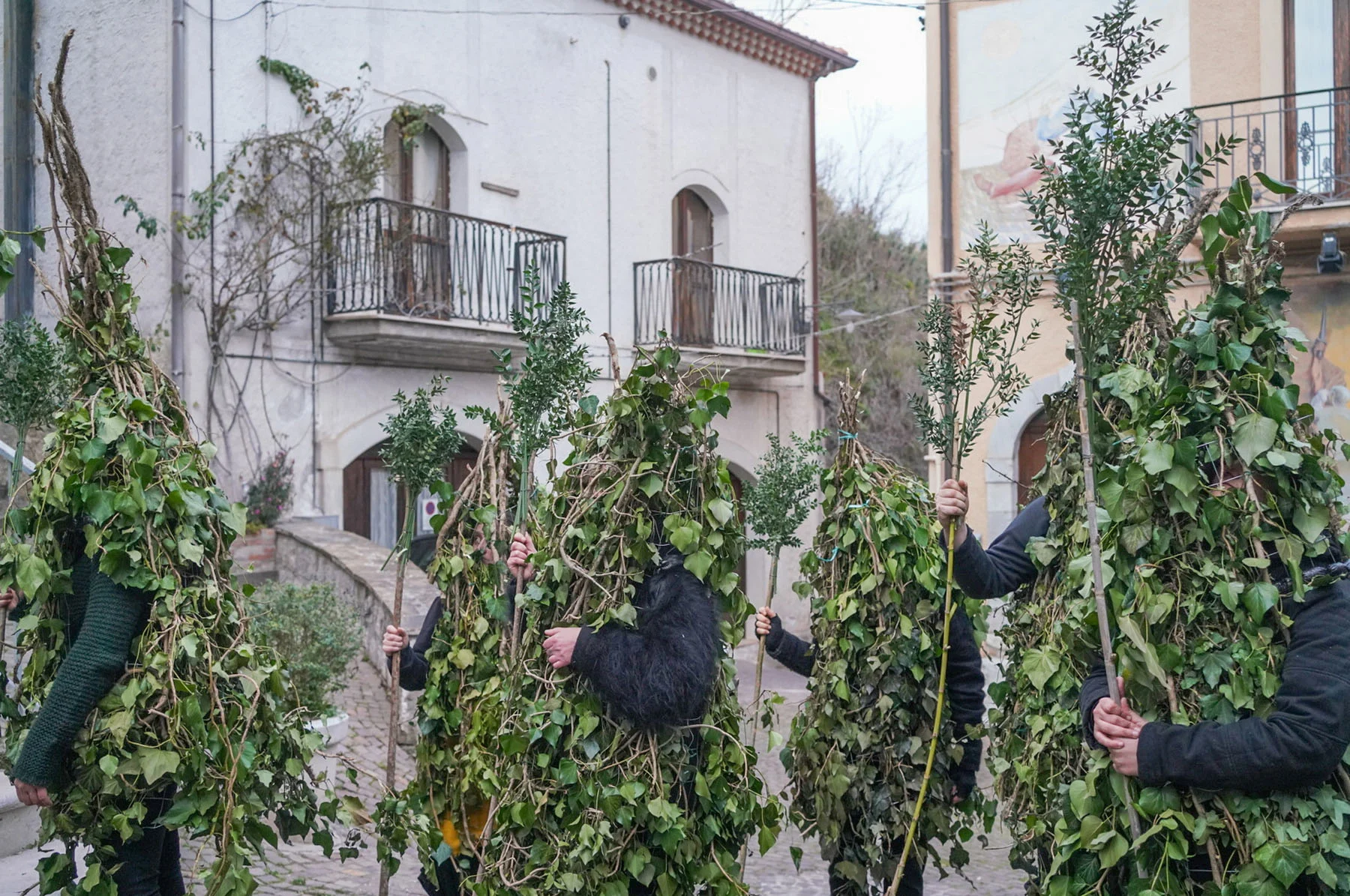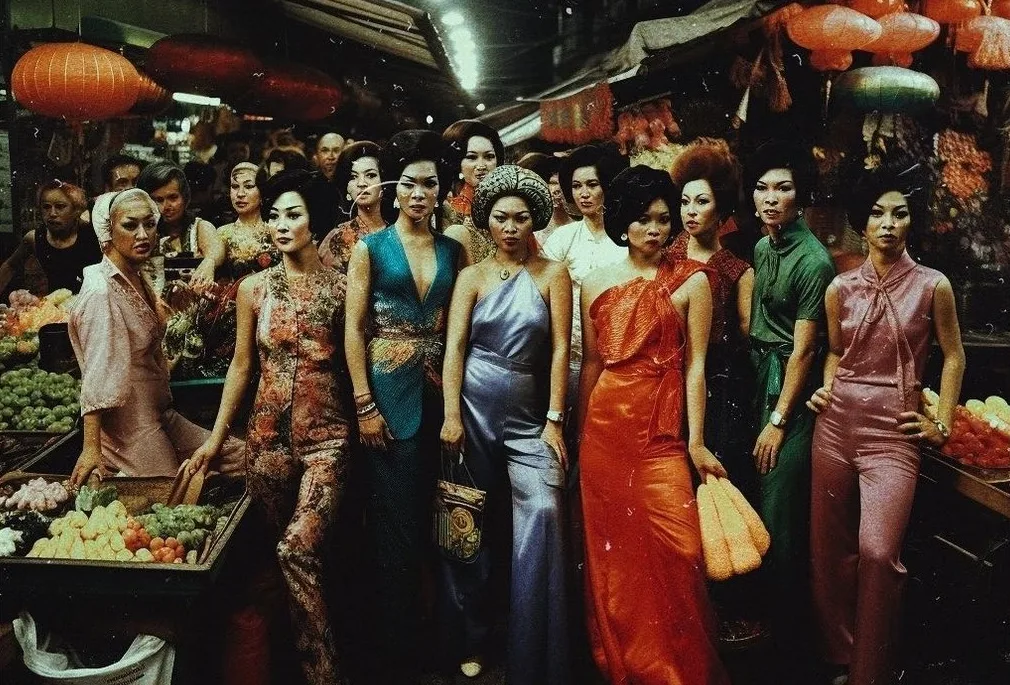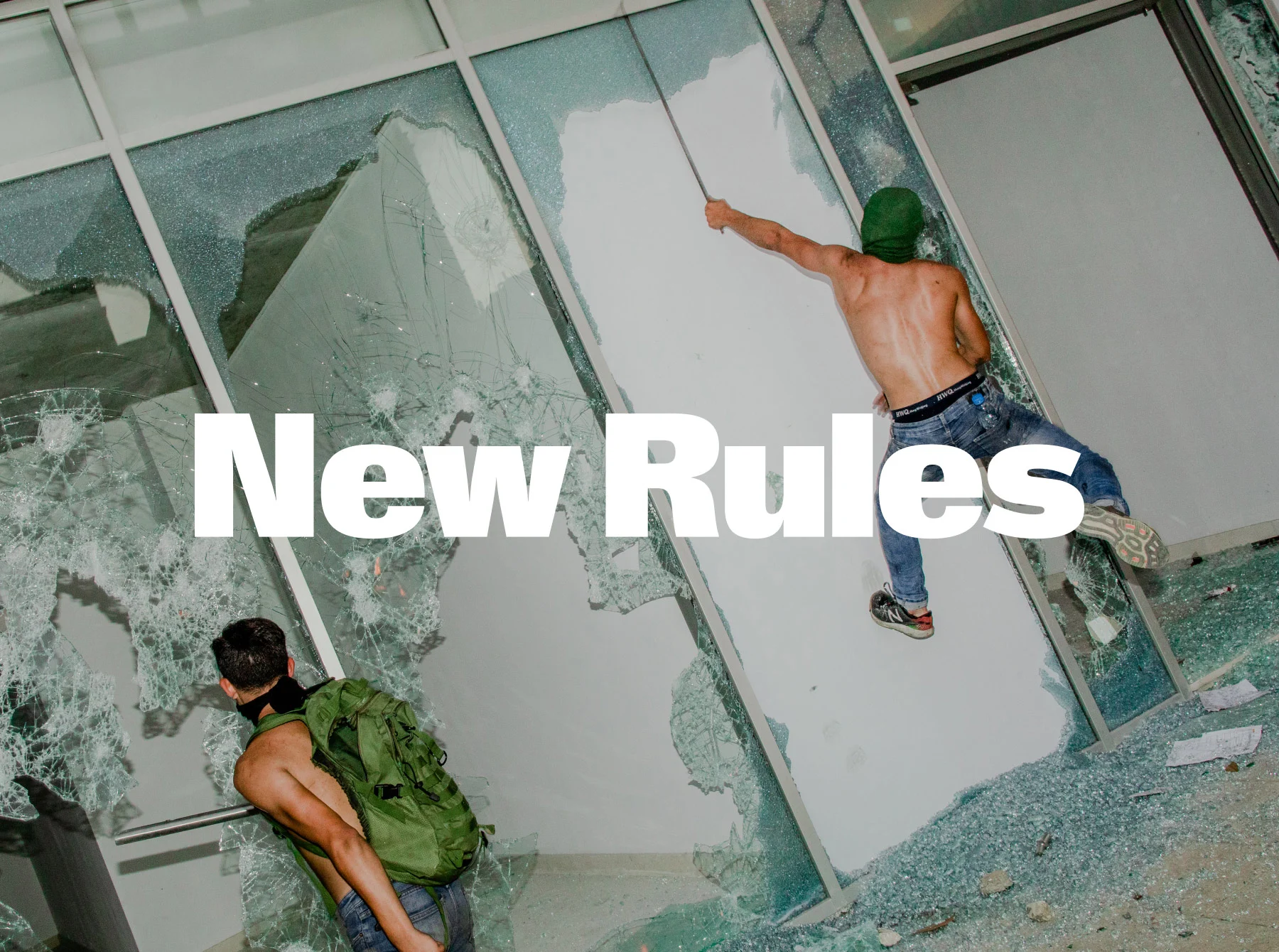

If you’ve encountered the work of artist Maya Man before, you likely saw it on the internet. It’s here that Maya has built a body of work examining the hyper-online spaces she inhabits, with a particular focus on the feminine, the decorative and the bow-adorned. As part of New Rules: Design, she digs deep into her research folder and tells Liz Gorny how screenshots and internet miscellanea inform her artwork.
In 2025, Maya was interviewed for “New Rules: Design”, a special downloadable guide to the changing landscape of design, created by WePresent and It’s Nice That.
Read the interview below, and download the full guide here.


In Maya Man’s work, you’ll find the 1845 Danish fairy tale “The Red Shoes” reimagined through web-scraped Depop listings of red ballet flats alongside a generative art project remixing self-love Instagram graphics and churning out positive but vaguely absurd phrases like, “Babygirl, I’m meditating to slay.”
But before Maya can create, she must collect—or, as she puts it, “I need to gather my ingredients and then I cook.” For her, research might include watching hundreds of “A Day in My Life” TikToks to inspire a project on vlogging. But this complete immersion in online images reflects a challenging part of the research process for many designers: they must fully immerse themselves in references to arrive at creative solutions, and keep a tight hold of their own visual identity in the process.
So, we went straight to the source—Maya herself—to find out how she does it.


Liz Gorny: When did your relationship with research begin?
Maya Man: Growing up in a suburban town in Central Pennsylvania, I believed that everything cool and glamorous in the world happened in images. Before the internet, I liked to make collages from magazine cutouts, and later to curate images on Tumblr. By placing disparate images together, I patchworked a sense of something new—something that gave me a deeper sense of myself and who I aspired to be.
Today, my practice is still very collection-based. I often feel like I first need to gather my ingredients and then I cook.
Tell us about your own approach to image-keeping. Where do you store your references?
The primary platform I use to collect media is Are.na. Whenever I begin a new project, I create a channel and start casually dropping in links, PDFs, images or text that feel connected to the concept that’s brewing in my mind. New ideas always start out blurry. Focusing on a platform like Are.na helps me clarify what exactly I want to articulate in a piece.



How can designers make full use of their references?
When starting on a new project, I scroll back. I look through my camera roll to observe what I’ve noticed and chosen to capture before. On Are.na, I go through my channels, and pull from those to make a new collection of media that is project-specific. I put up work by my favorite artists and friends in my apartment, so that I can live with pieces I admire every day.

What are your favorite places to dig for visual research?
Advertising. I love what happens visually when an image is working very hard to persuade its audience—to buy or believe something. I also really love mass-produced products. On the walk from my apartment to my studio, I pass many I ♥ NY gift shops. Every day, I am truly inspired by their designs and how they’re displayed, with T-shirts stacked floor to ceiling on slatwall in a very maximalist way. It reminds me of the internet.
How can we use a reference without copying it?
I think it is sometimes useful to ask yourself, “What would I do?”—with emphasis on the I. Politely invite yourself back into the work if you’re worried that you’ve disappeared into someone else’s.



I believe personal identity is inherently a collage of what we consume.
Similarly, how do you keep your identity separate from the visuals you encounter out there, in the wider world?
I don’t! I believe personal identity is inherently a collage of what we consume. We are all inevitably shaped by the constant stream of visual culture that surrounds us in our everyday lives. It is beautiful and not bad to allow identity to be malleable and responsive.
In the past you have spoken about the importance of “zooming in” in your art practice. Why do you think it’s important to look at references closely?
It can be extremely revealing to look at a piece of media very closely in order to better understand the larger whole.


How can designers and artists incorporate research into their everyday lives?
Allow yourself to become obsessed. Notice your natural interests and try to ignore what you think other people want you to be interested in. Once an interest gains strength inside you, pursue it aggressively and let it consume you. I am not sure how healthy this approach is, but I find it gives me a strong sense of purpose—which feels healthier for me than a life without.
How do we develop a more critical eye when researching on social media?
After looking at anything on social media, pause for a moment and say to yourself, “Dang, that’s crazy.” Then think about why you believe that to be true.


Download the full report on WeTransfer









